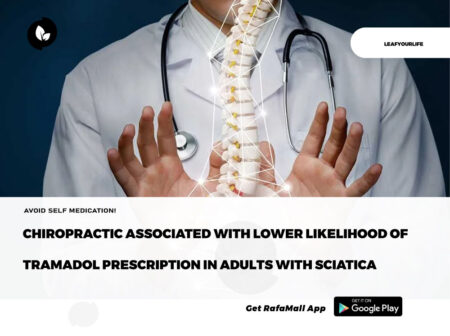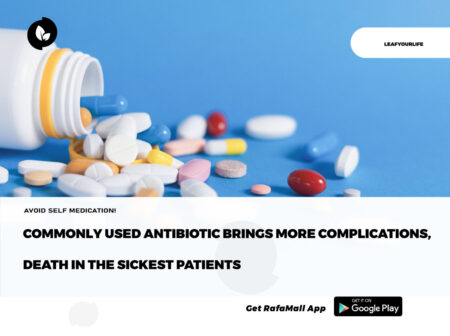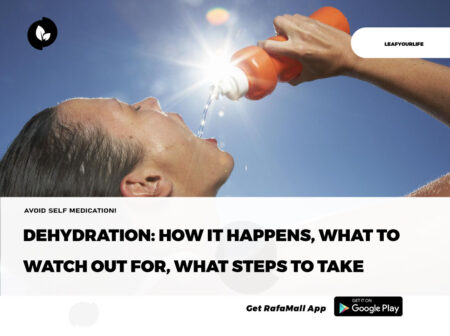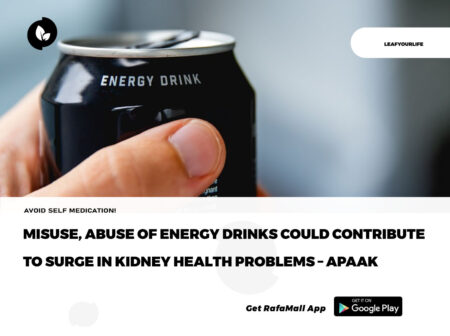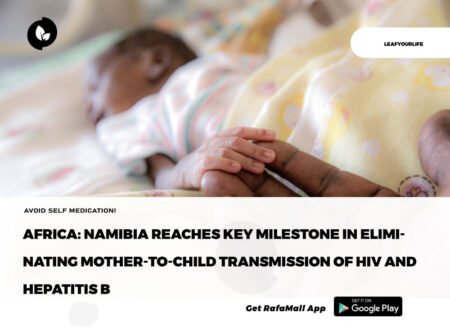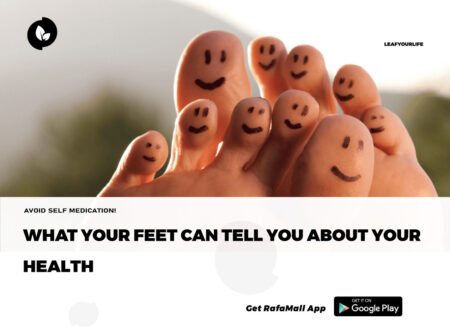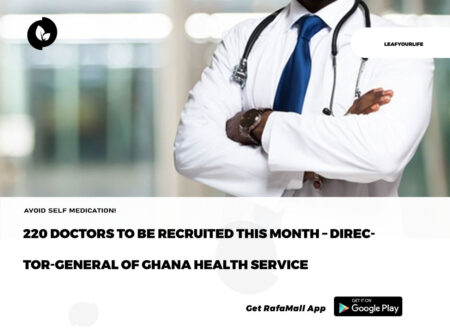Breast cancer is a disease in which cells in the breast grow out of control. There are different kinds of breast cancer. The kind of breast cancer depends on which cells in the breast turn into cancer.

Breast cancer can begin in different parts of the breast. A breast is made up of three main parts: lobules, ducts, and connective tissue. The lobules are the glands that produce milk. The ducts are tubes that carry milk to the nipple. The connective tissue (which consists of fibrous and fatty tissue) surrounds and holds everything together. Most breast cancers begin in the ducts or lobules.
Breast cancer can spread outside the breast through blood vessels and lymph vessels. When breast cancer spreads to other parts of the body, it is said to have metastasized.

Kinds of Breast Cancer
The most common kinds of breast cancer are—
Invasive ductal carcinoma. The cancer cells begin in the ducts and then grow outside the ducts into other parts of the breast tissue. Invasive cancer cells can also spread, or metastasize, to other parts of the body.
Invasive lobular carcinoma. Cancer cells begin in the lobules and then spread from the lobules to the breast tissues that are close by. These invasive cancer cells can also spread to other parts of the body.
There are several other less common kinds of breast cancer, such as Paget’s disease,external icon medullary, mucinous, and inflammatory breast cancer.external icon
Ductal carcinoma in situ (DCIS) is a breast disease that may lead to invasive breast cancer. The cancer cells are only in the lining of the ducts, and have not spread to other tissues in the breast.
7 Breast Cancer Warning Signs
1. New lump in breast, collar, or underarm
The most well-known warning sign when it comes to breast cancer is a breast lump. A lump can occur in the breast itself, but may also appear in the collar region or underarm. Breast tissue extends from your collarbone to your underarm and rib cage. Lumps are often hard and painless with irregular edges, but some lumps may be painful or tender.
Most breast lumps are not caused by cancer, but if you find a lump, it’s important to have it looked at by a doctor. It is normal to have breast lumps before your period that go away. If you have a lump that does not disappear at the end of your period, you should alert your doctor.
2. Breast thickening or swelling
Breast thickening or swelling may be a sign of breast cancer. Swelling can also occur around your collarbone or armpits. This may be a sign that breast cancer has spread to your lymph nodes. Sometimes, patients notice breast swelling without ever noticing a lump. Thickening or swelling may cause a noticeable change in the size or shape of your breasts. Thickening or swelling may occur in one breast, or in both.
3. Breast skin dimpling
Breast dimpling may appear in a few different ways. It may appear as a single dimple, if there is a mass growing in the breast that is pulling the skin inward. Dimpling may also appear along with thickened skin, which may look like the dimples on an orange peel. This is a sign of a rare form of breast cancer called inflammatory breast cancer. Since dimpling is so visible, it is often the first sign someone notices. Be alert to any changes in the texture of your breasts.
4. Nipple changes
Changes to one or both nipples may be a sign of breast cancer. Changes can include discharge, which may be bloody. Blood can be a sign that the cause is breast cancer rather than an infection. Your nipple might turn inward or the skin may become red, scaly, or thickened.
5. Red, flaky, itchy, warm, or thickened skin
Sometimes, red, flaky, itchy, warm, or thickened skin can be a sign of breast cancer. Thickened skin may begin to feel like an orange peel. The most common cause of these symptoms is mastitis. Mastitis is an infection that can occur while breastfeeding but is also a sign of breast cancer. If you’re experiencing these symptoms and they’ve lasted more than a week, you should talk to your doctor.
6. Breast, upper back, or shoulder pain
It is normal to experience some breast pain around the time of your period, due to hormonal changes. Breast pain may also be a sign of breast cancer, especially if it lasts for more than a few weeks. Pain from breast cancer is most likely to appear in the breasts, underarm, or collarbone. It is also possible for pain to appear in the upper back or shoulder.
Some patients assume they’ve pulled a muscle in their shoulder when they have breast cancer. This pain can be due to metastasis, which is when cancer spreads from one part of the body to another. Shoulder and upper back pain are very common and usually don’t mean a patient has breast cancer. If you’ve had shoulder or back pain that won’t go away, a doctor can screen you for cancer, along with other conditions.
7. No symptoms at all
Some women with breast cancer don’t experience any symptoms at all. It is important to follow guidelines for screening even if you don’t have symptoms. Here are the current screening recommendations, according to the American Cancer Society:
Women ages 40-44 should have the choice to have an annual breast exam and mammogram if they wish to.
Women ages 45-54 should have a mammogram every year.
Women 55 and older can either continue yearly mammograms or switch to every two years.
Screening should continue as long as the patient is healthy and expected to live for at least ten more years.
Different organizations have different screening recommendations, and some women should have screening earlier. This is especially true if you have a family history of breast cancer since breast cancer can be genetic. Speak to your doctor about the best screening plan for you if you have a family history of breast cancer. This may include mammograms or even genetic testing.

By EDMOND OSEI AGYAPONG
GHEMSA VICE PRESIDENT ( KNUST)

